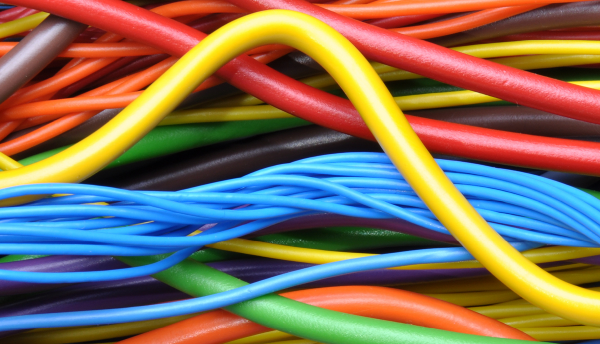
Panasonic will send “hundreds” of employees to Tesla’s gigafactory beginning in fall 2015 to prepare for making lithium ion batteries for electric cars at the plant, according to an Automotive News report. Panasonic has been divesting itself of less profitable product lines (smartphones, plasma TVs) and moving to energy-saving home systems and autos. According to an interview with Yoshio Ito, head of Panasonic’s automotive and industrial systems division, “We’ll need hundreds of people at the start. We should actually see that starting around the autumn.” He also said Panasonic would invest USD478 million through its current fiscal year (ending March 2016) in its automotive business, including the gigafactory and a joint development project with Spanish auto parts maker Ficosa, which specializes in advanced driver assist systems. Ito also said Panasonic will look to expand partnerships with other manufacturers. He cites Panasonic’s strength in sensing and image processing, and could work with others in areas it is less strong. “We have the sensors…but in future we’ll see technology that gets the data and informs the driver or sets off automatic controls, and those are areas where we don’t have expertise. Those are areas where we can collaborate,” Ito told Automotive News.
Significance: Panasonic’s involvement with the gigafactory is only one element of the company’s automotive involvement, and as adaptive driver assist systems become more prevalent and autonomous vehicles nearer to real-world applications, the systems that will keep these vehicles in line become more significant. Ultimately, Panasonic is restructuring its business to revive net income and improve financial results.








